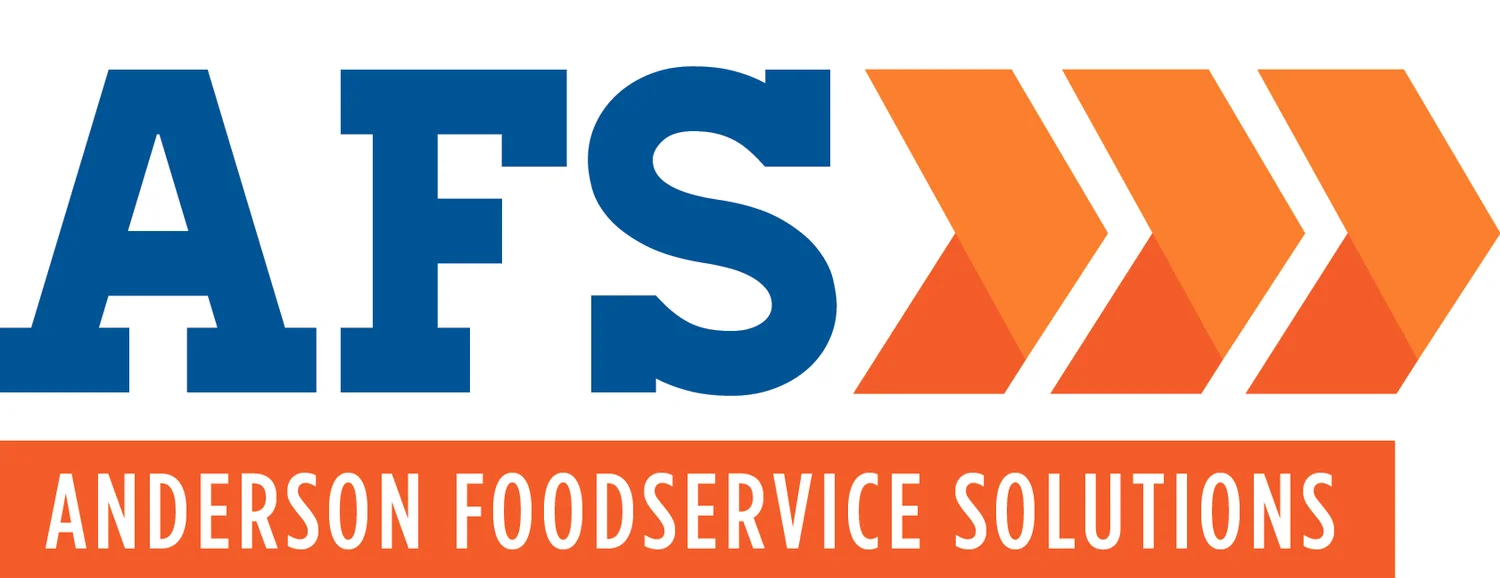By CAMBRO MANUFACTURING
Catering businesses have an important role to play in ensuring that everyone feels welcome and included at events. One way to achieve this is by offering menus that cater to a wide variety of dietary needs. We have 5 tips for how to create inclusive menus that will delight every guest.
1. Get to know your guests
Before you begin planning your menu, it's important to understand the dietary needs of your guests. This could include allergies, intolerances, religious dietary restrictions or lifestyle choices such as veganism or vegetarianism. During your first meeting, consult with your client about their guests’ dietary needs.
2. Avoid cross-contamination
If you're preparing food for guests with special dietary needs, it's important to take precautions to avoid cross-contamination. About 90% of allergic reactions in the US are caused by milk, eggs, fish, crustacean shellfish, tree nuts, peanuts, wheat, soy and sesame. Keep ingredients from getting mixed up by keeping them inside Allergen-Free Purple Camwear® CamSquares covered with Seal Covers and personalize storage containers like Ingredient Bins, Camwear Pans and Camwear Boxes with purple allergen-free insignia for additional prep and storage needs.
Designate specific spatulas, cutting boards and measuring cups to decrease the chances of cross-contamination that could lead to a guest receiving food with a dangerous ingredient. Camwear Measuring Cups are available with purple graduations and an allergen-free logo to help employees maintain safety.
3. Offer a range of options
One of the best ways to accommodate a variety of dietary needs is to offer a range of menu options. This could include vegetarian, vegan, gluten-free, and dairy-free options, as well as meat-based dishes for those who eat them. By providing a variety of options, you can ensure that everyone has something they can eat and enjoy.
4. Be transparent about ingredients
It's important to clearly label all ingredients on your menu so that guests can make informed decisions about what they can and cannot eat. This includes not only the primary ingredients, but also any potential allergens or additives. You may also want to consider providing a list of common allergens that are not included in your menu items.
5. Consult a professional
If you're unsure about how to make your standard menus more inclusive, or if you're catering for a large event with many guests with a variety of special dietary needs, you may want to consider hiring a professional. A dietitian who specializes in dietary restrictions can help you create a menu is delicious and interesting while still accommodating guests with limitations.
Providing catering options for special dietary can also help you stand out as a catering business that truly cares about its guests. Transparency, variety and safety are essential to creating a menu that is both satisfying and welcoming to all types of eaters.

